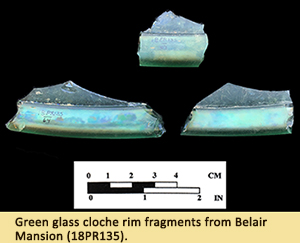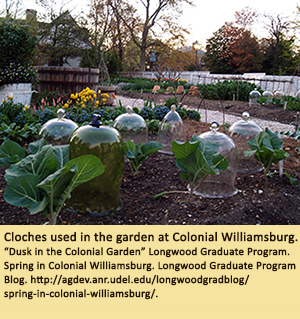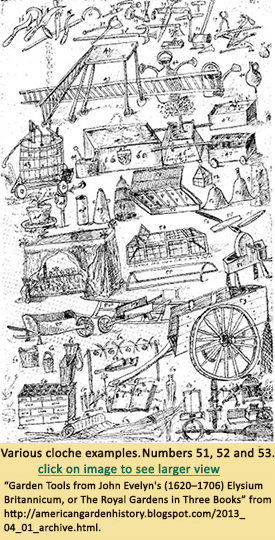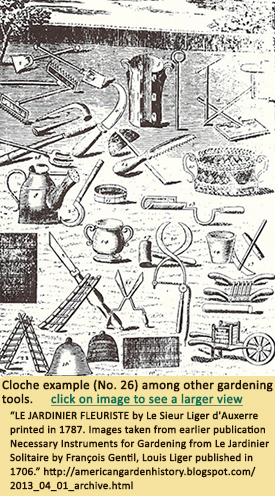Curator's Choice 2016
Archaeological Evidence of Formal Gardens Found
at the Belair Mansion in Bowie, MD
June 2016
By Alex Glass, MAC Lab Public Archaeology Asst.
 Archaeology at the Belair Mansion in Bowie, Maryland has revealed the evidence of formal gardens on the landscape there. The land for Belair was patented in 1721, but the brick structure that is now a museum, was not constructed until the 1740’s. The home was occupied by the Ogle family, of which several heirs served as governors of Maryland. As part of the colonial elite, the Ogle estate likely used ornamental gardens as one way of showing their wealth and status.
Archaeology at the Belair Mansion in Bowie, Maryland has revealed the evidence of formal gardens on the landscape there. The land for Belair was patented in 1721, but the brick structure that is now a museum, was not constructed until the 1740’s. The home was occupied by the Ogle family, of which several heirs served as governors of Maryland. As part of the colonial elite, the Ogle estate likely used ornamental gardens as one way of showing their wealth and status.

Excavations of the east lawn area in the 1990’s suggest that sometime before the late 18th or 19th century the work-yard near the mansion house was converted into a garden (Gibb 2002). Two features identified in this area were described as possible medieval style bench structures, known as exedrae, which could have served as covered seating areas for viewing the garden (Gibb 2002). While the surface of these features was being exposed, several garden related artifacts were identified. Among these artifacts were rim fragments of folded pale green glass. These folded glass rims are fragments of a large diameter glass bell jar, or cloche (Gibb 2002). Although glass cloches have been used for centuries, based on other artifacts and features  surrounding the area, as well as comparison to other 18th century examples, the cloche fragments may date to the 18th century.
surrounding the area, as well as comparison to other 18th century examples, the cloche fragments may date to the 18th century.
Eighteenth-century gardeners devised a number of creative ways to extend a growing season or control the climate for more finicky plants, but one of the simplest was by using a glass cloche. Various gardening how-to books from the 1700’s suggest the use of bell glasses for young plants (Noel Hume 1974). Sites in Williamsburg, VA and Bacon’s Castle in Virginia have also been able to identify fragments in garden areas (Noel Hume 1974, Gibb 2002).
A cloche works similar to a greenhouse. They are bell shaped and made from glass with hollow interiors. The jar is placed over a plant and sometimes propped up on one side for ventilation. Energy from the sun passes through the glass and warms up the interior of the jar. So, while it may be cool outside, the plant underneath the glass stays warm, and can continue to grow where otherwise it might not be able to survive. This method is useful for warm weather crops such as melon and cucumber which need warm temperatures to grow well. This practice allowed colonial gardeners to get a head start on the growing season by protecting new plants from damaging frosts or cold mornings.

Plants in the 18th century were an important part of everyday life. Fruit and vegetables to sell or feed the household were tended daily, and flowers to ward off odors or bad spirits played a significant role in the lives of 18th century people. It is unsurprising then, that tending a garden was a year round task. A glass cloche would have been one tool amongst many used in the garden. It was a convenient way to control the immediate environment around a plant, and their use has continued today.
| References |
|
| Gibb, James |
| 2002 |
The Compton Site, circa 1651-1684, Calvert County, Maryland, 18CV279. Report prepared for CRJ Associates, Inc., Camp Springs, Maryland, 1989. |
|
| Noel Hume, Audrey |
| 1974 |
Archaeology and the Colonial Gardener. Colonial Williamsburg Archaeological Series No. 7. Colonial Williamsburg Foundation. Williamsburg, VA. |
|